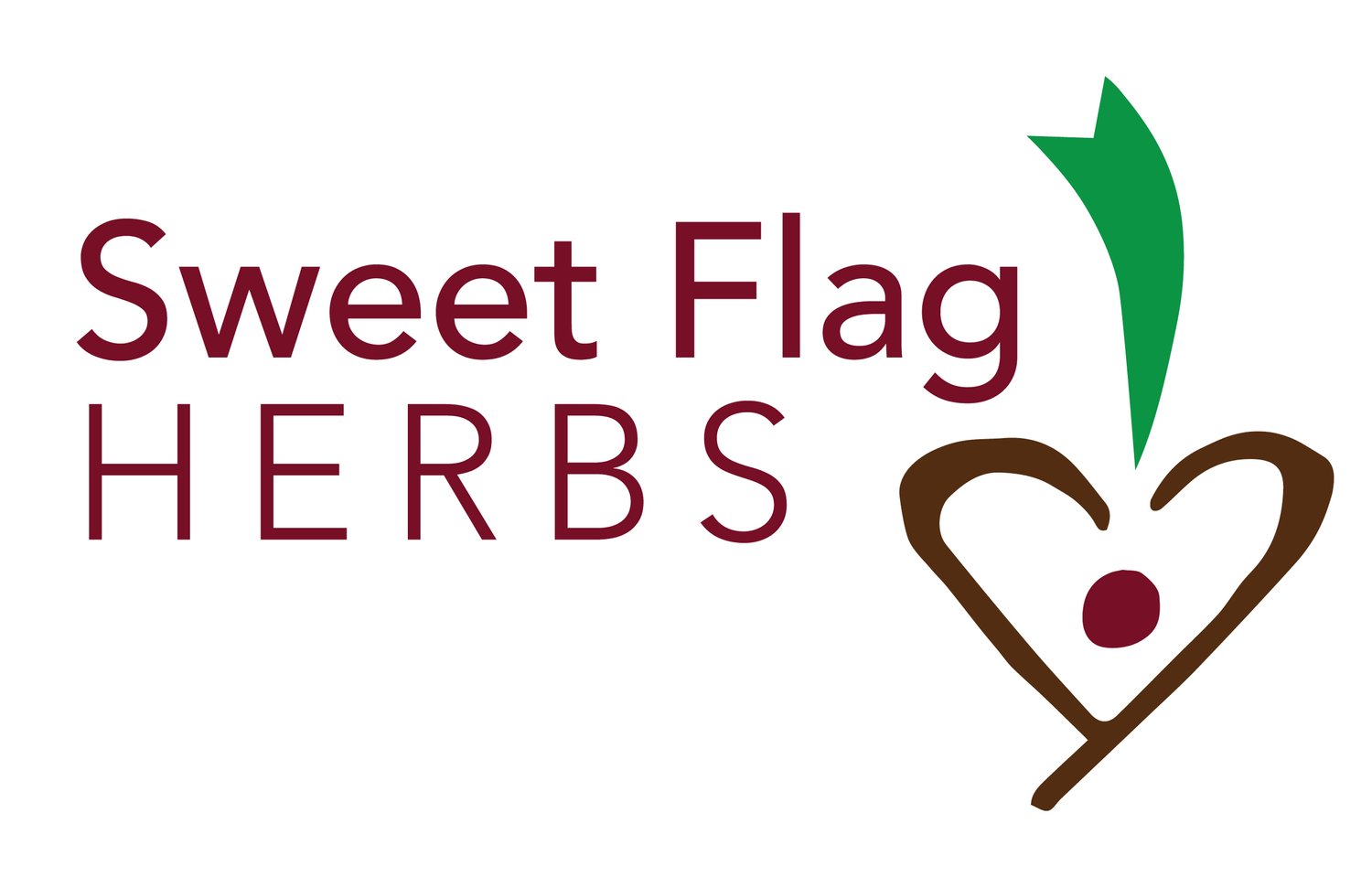Cardoon Adventures
This was my first season growing cardoon (Cynara cardunculus) in the garden. What a beauty! Folks in the US who harvest wild gardoon/gardooni may be confused by the look of these leaves. The plant in my garden is native to the Mediterranean region, and it doesn't grow wild in the eastern US (that I've seen). The plant my Sicilian relatives call gardooni is also known as burdock (Arctium sp.). Grandpa Sorci harvested its stalks each spring in WNY. Both plants are thistles in the aster family, but burdock doesn't have the artichoke flavor of Cynara.
Image: freshly harvested cardoon stalks.
Cardoon was tended by the Egyptians, Greeks, and Romans, and it's one of the world's oldest cultivated veggies. Artichoke came about from this cultivation process; it's considered to be a variety of cardoon.
Both cardoon and artichoke have a long history of medicinal use. The compound cynarin has been found to improve liver + gallbladder function and markers of liver health. And bitters are great for digestion in general. The thick stalks (and artichoke's flower buds) are high in inulin--a prebiotic compound that nourishes our gut flora.
I only grew one cardoon plant this season, and it was more than enough! My friend Lauren helped me with harvesting and processing the plant this month. Lauren prepped the stalks for cooking by peeling off the outer skin/veins.
Meanwhile, I made a bitter digestive tincture by blending up the frilly leaves with alcohol. This tincture recipe can be used with cardoon leaves instead of the herbs listed.
.
We boiled the stalks, sauteed them with mushrooms, and threw in some gluten-free panko for good measure. The artichoke flavor of the stalks was delightful!
Cardoon seeds are on sale in the Sweet Flag shop til the end of October, along with seven other seed packets.
Image: Cardoon stalks sauteed with garlic and mushrooms, and ready to eat.
Featured image: harvesting gardoon stalks on a sunny day in my garden.


